
Supporting the BAS industry since 1999
ARTICLES • NEWS • INTERVIEWS • INSIGHTS • CONNECTION
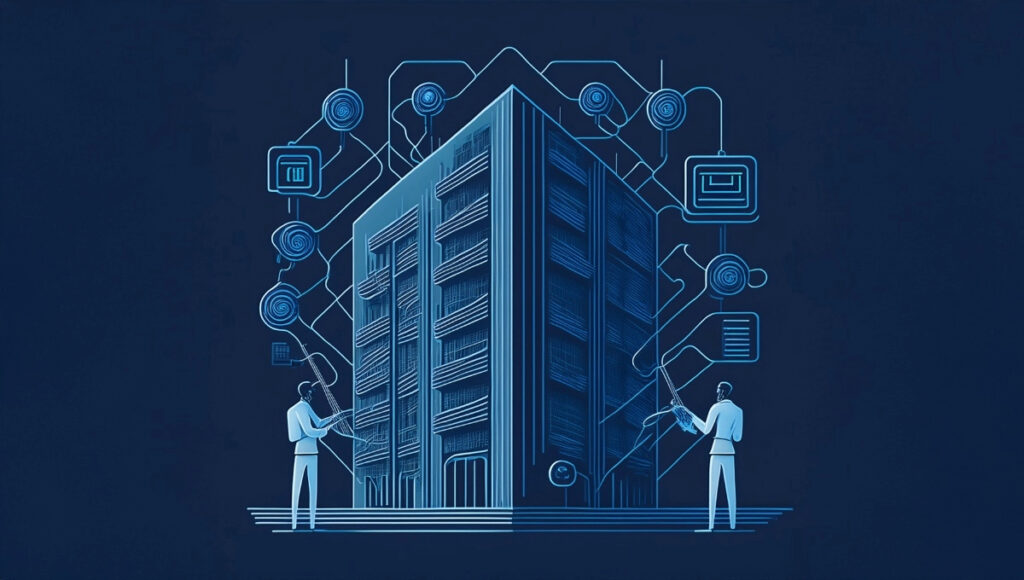
Smart Buildings and AI: The Role of Ontologies
The latest *Monday Live* episode marked a special milestone: 5 years and 224 episodes of exploring the future of smart buildings. Hosts Ken Sinclair and
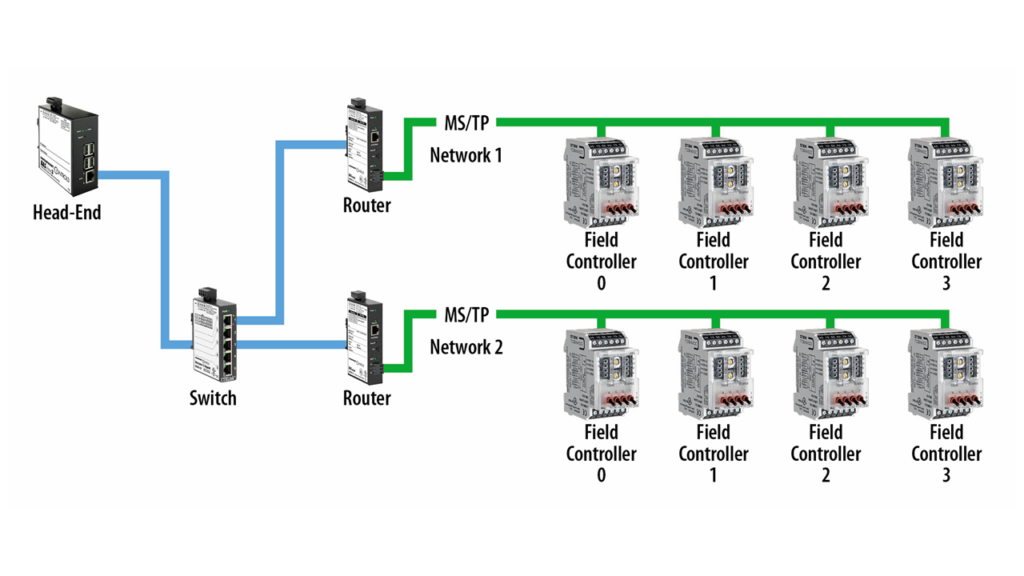
BACnet Numbers for BACnet MS/TP MAC Addresses, Device Instances, and BACnet Networks
BACnet numbers are identifiers used in the BACnet protocol to help ensure that data is accurately transmitted and received between devices. However, assigning BACnet numbers

Exploring the Future of Multi-Agent Communication and AI in Building Design
Recent developments in technology have sparked significant discussions in the realms of multi-agent communication and the integration of artificial intelligence (AI) in the field of
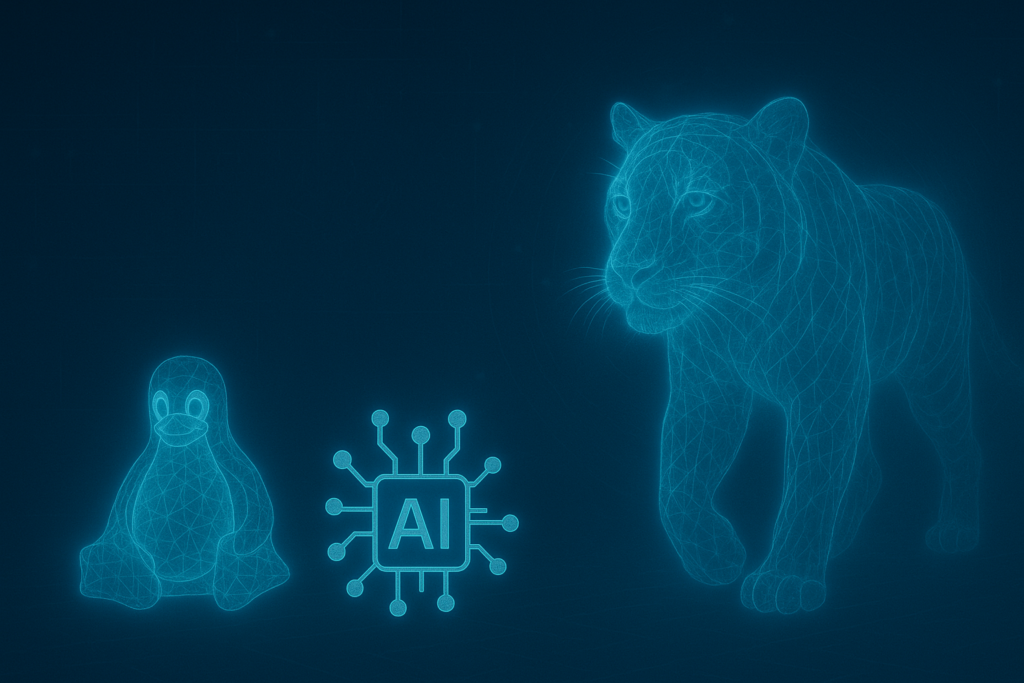
C4SB hosts The Semantic Tiger Team Kickoff
The Semantic Tiger Team was launched, bringing together 39 industry leaders to align disparate ontology efforts, including Haystack, Brick, DBO, and others. Hosted under the Linux
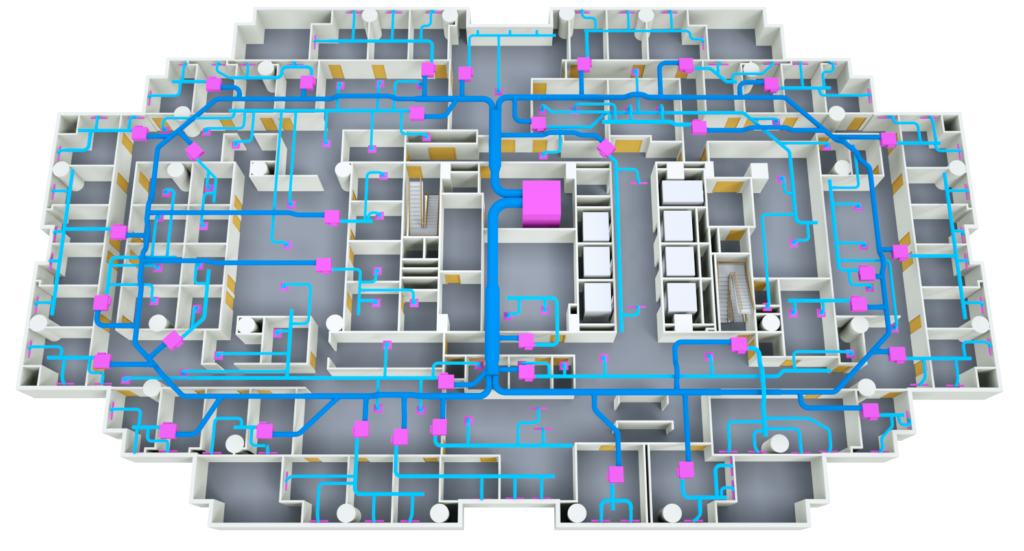
Best Practices for Avoiding Change Orders in BAS Graphics Projects
Change orders during Building Automation System (BAS) graphics projects often prove frustrating and costly. Frequently, these arise from incomplete project specifications at the beginning or
Your Ultimate Checklist to Break Into Building Automation (Even With Zero Experience)
If you’re new to the building automation systems (BAS) industry, or helping someone get started, this guide will give you a clear, step-by-step roadmap. It’s
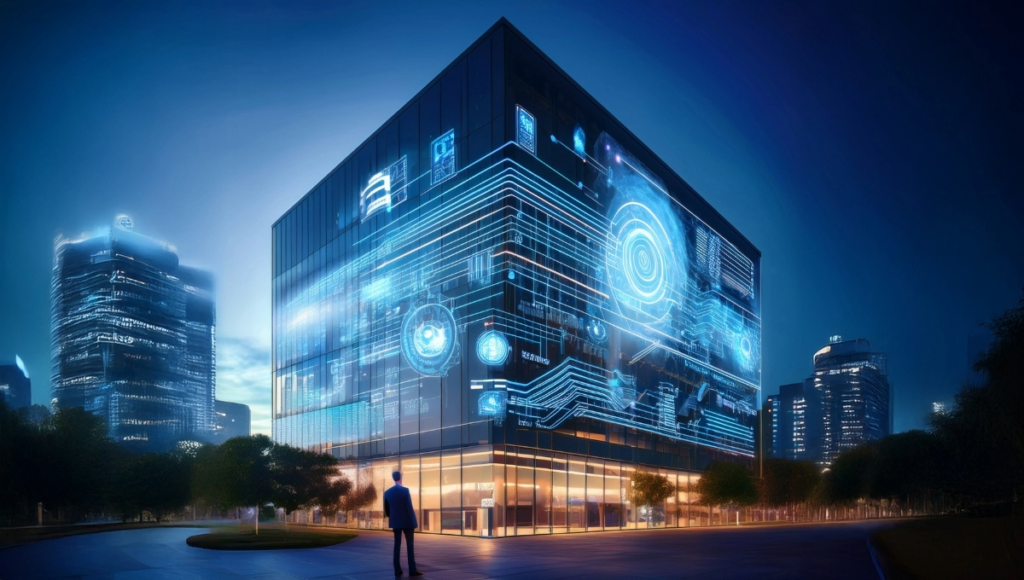
TLDR summary Can Autonomous Buildings Become a Reality with AI?
Summary of AHREXPO 2025 | Can Autonomous Buildings Become a Reality with AI? education session OT/IT Feeds AI, and then OT executes the AI commands.

We Are Dreamers: Can We Make Ai Civilization’s Most Powerful Digital Twin?
Built on our knowledge. Guided by our dreams. Shaped by our choices. In my last post, “We Are the Hallucination: AI as a Digital Twin

KODE Labs Partners with IQHQ to Revolutionize Smart Building Technology in Life Sciences Real Estate
Detroit, MI – March 19, 2025 – Detroit-based KODE Labs, a leading global provider of advanced smart building technology, has entered into a strategic partnership

Build the Future of Building Automation with Us
AutomatedBuildings.com is more than just a website – it’s a collaborative industry resource built by and for building automation professionals. Is your head exploding with
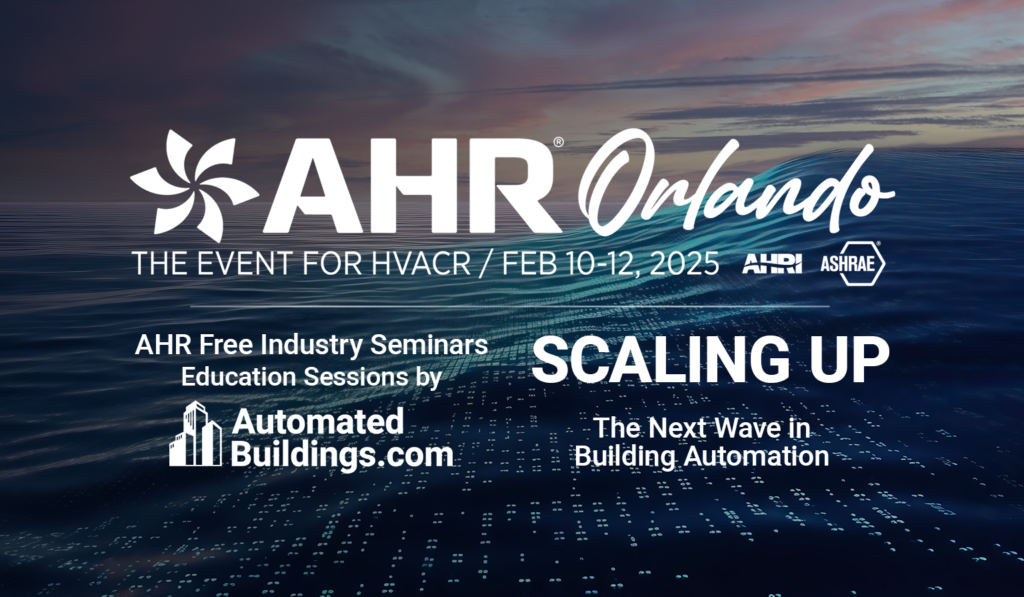
AHR Expo 2025 Free Industry Seminars – AutomatedBuildings.com Education Sessions
Monday, Feb. 10 – Wednesday, Feb. 12, 2025 | Orange County Convention Center, Orlando, FL | West Building
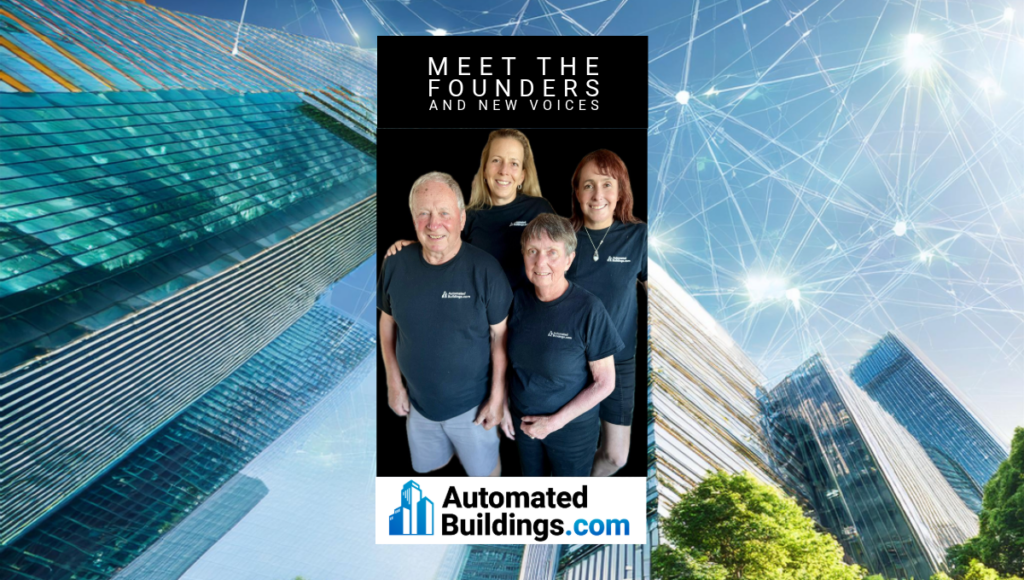
New Era, New Voices: AutomatedBuildings.com is Evolving
In 1999 AutomatedBuildings.com was born from a vision: to create a digital space where the brightest minds in building automation could converge, share ideas, and spark innovation. Today, that vision is as relevant as ever, but the world has changed dramatically.

Version Controls – Contractor Collaboration In Real Time
Bidtracer is an innovator in the construction software space, and to bring innovations to market, you have to be passionate about the outcomes. Our passion

Smart Buildings and AI: The Role of Ontologies
The latest *Monday Live* episode marked a special milestone: 5 years and 224 episodes of exploring the future of smart buildings. Hosts Ken Sinclair and

BACnet Numbers for BACnet MS/TP MAC Addresses, Device Instances, and BACnet Networks
BACnet numbers are identifiers used in the BACnet protocol to help ensure that data is accurately transmitted and received between devices. However, assigning BACnet numbers

Exploring the Future of Multi-Agent Communication and AI in Building Design
Recent developments in technology have sparked significant discussions in the realms of multi-agent communication and the integration of artificial intelligence (AI) in the field of

C4SB hosts The Semantic Tiger Team Kickoff
The Semantic Tiger Team was launched, bringing together 39 industry leaders to align disparate ontology efforts, including Haystack, Brick, DBO, and others. Hosted under the Linux

Best Practices for Avoiding Change Orders in BAS Graphics Projects
Change orders during Building Automation System (BAS) graphics projects often prove frustrating and costly. Frequently, these arise from incomplete project specifications at the beginning or
Your Ultimate Checklist to Break Into Building Automation (Even With Zero Experience)
If you’re new to the building automation systems (BAS) industry, or helping someone get started, this guide will give you a clear, step-by-step roadmap. It’s

TLDR summary Can Autonomous Buildings Become a Reality with AI?
Summary of AHREXPO 2025 | Can Autonomous Buildings Become a Reality with AI? education session OT/IT Feeds AI, and then OT executes the AI commands.

We Are Dreamers: Can We Make Ai Civilization’s Most Powerful Digital Twin?
Built on our knowledge. Guided by our dreams. Shaped by our choices. In my last post, “We Are the Hallucination: AI as a Digital Twin

KODE Labs Partners with IQHQ to Revolutionize Smart Building Technology in Life Sciences Real Estate
Detroit, MI – March 19, 2025 – Detroit-based KODE Labs, a leading global provider of advanced smart building technology, has entered into a strategic partnership

Build the Future of Building Automation with Us
AutomatedBuildings.com is more than just a website – it’s a collaborative industry resource built by and for building automation professionals. Is your head exploding with

AHR Expo 2025 Free Industry Seminars – AutomatedBuildings.com Education Sessions
Monday, Feb. 10 – Wednesday, Feb. 12, 2025 | Orange County Convention Center, Orlando, FL | West Building

New Era, New Voices: AutomatedBuildings.com is Evolving
In 1999 AutomatedBuildings.com was born from a vision: to create a digital space where the brightest minds in building automation could converge, share ideas, and spark innovation. Today, that vision is as relevant as ever, but the world has changed dramatically.

Version Controls – Contractor Collaboration In Real Time
Bidtracer is an innovator in the construction software space, and to bring innovations to market, you have to be passionate about the outcomes. Our passion
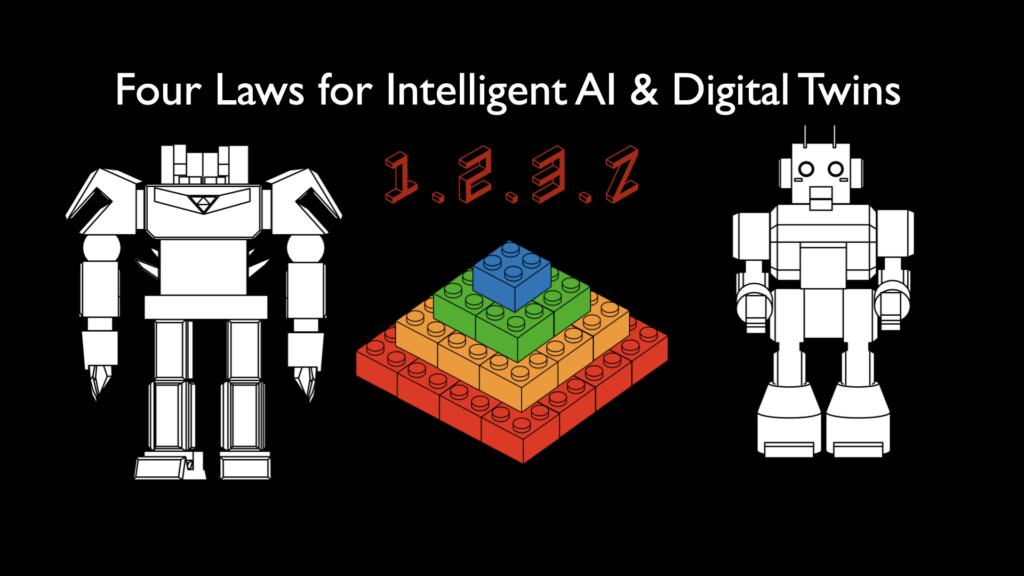
Four Laws for Intelligent Ai & Digital Twins
From Buildings to Cities—Ensuring Artificial Intelligence & Digital Twins Work for Us, Not the Other Way Around. In 1942, Isaac Asimov introduced the “Three Laws

Summary of Monday Live Session: Are Our Buildings AI Ready?
In this week’s Monday Live session, the focus was on exploring whether our buildings are ready for AI integration. The session built on last week’s
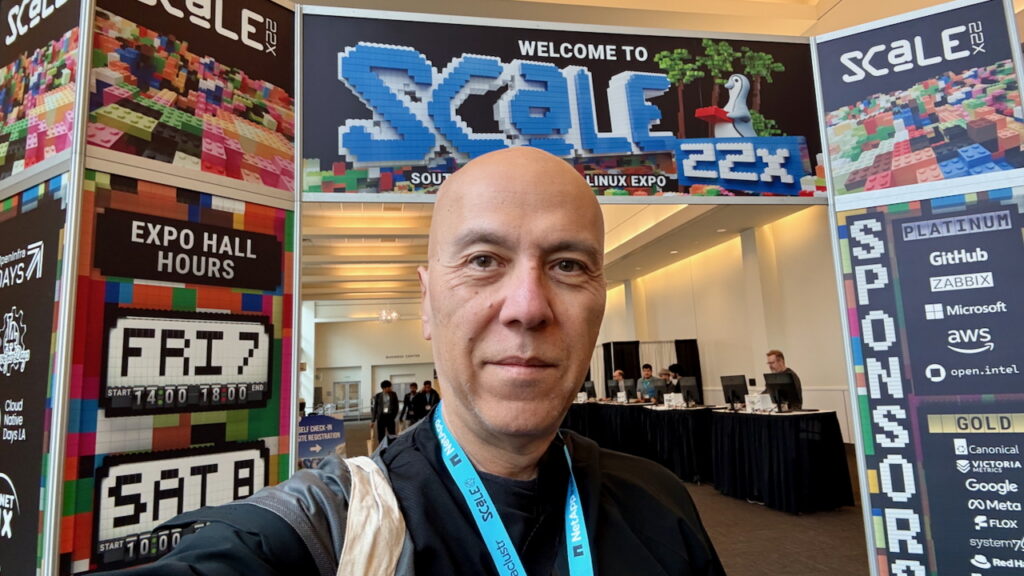
When Black Boxes Conspire: Ai, Digital Twins & Building Controls Could Lock Owners Out
LIVE from SCaLE 22x in Pasadena! Just a few weeks ago, I was at AHR/ASHRAE Expo, searching for answers on how building controls and Digital
The Workforce Crisis in Building Automation: The Hidden Cost of Slow Training and the Fast-Track Solution
The building automation industry is facing a severe workforce crisis. Experienced technicians are retiring, demand for smart building solutions is growing, and companies are scrambling
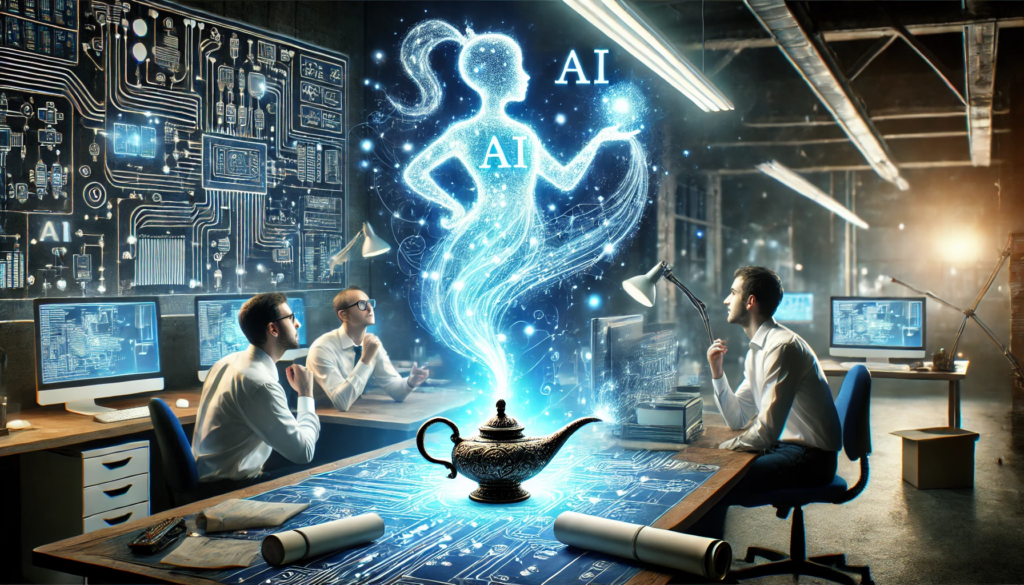
TLDR: AHREXPO 2025 BAS 101 – Real Examples of How to Use AI
Our AHR session on AI was full of tips for everyone in the industry on how to harness the transformative potential of artificial intelligence (AI)
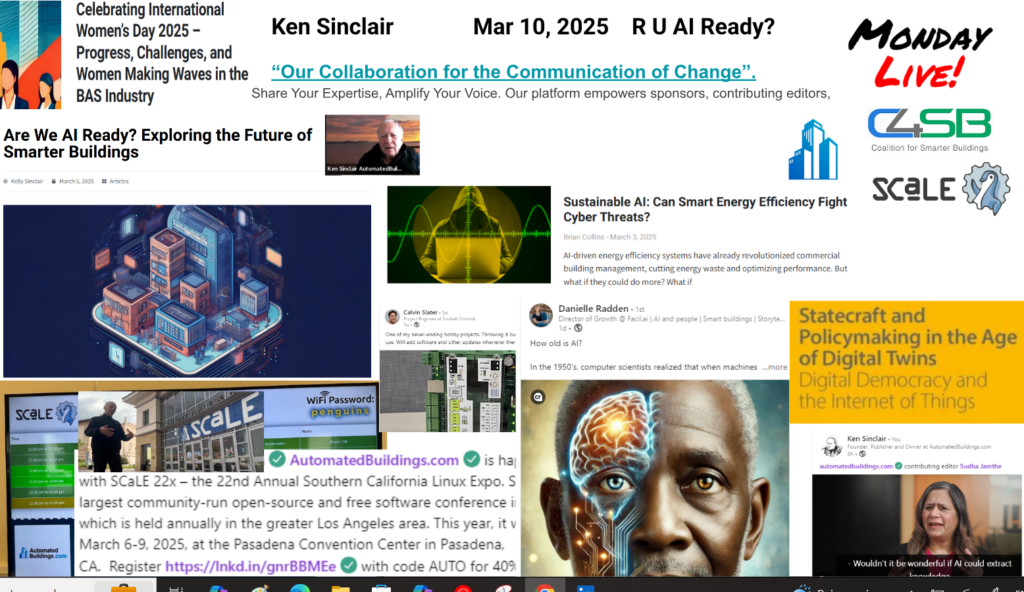
R U AI Ready?
Our goal is to create a self-sustaining resource for the industry—created by the industry, for the industry, and for the world to better understand our

Celebrating International Women’s Day 2025 – Progress, Challenges, and Women Making Waves in the BAS Industry
AutomatedBuildings has been recognizing the daily contributions women make to moving the Building Automation Industry for the last 15 years. Our March issues have highlighted
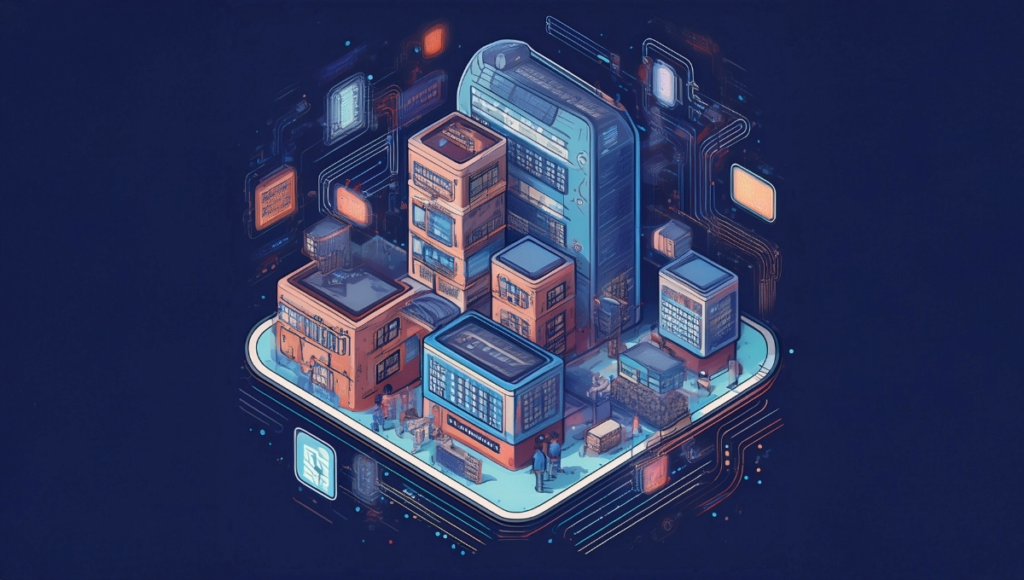
Are We AI Ready? Exploring the Future of Smarter Buildings
This month, Monday Live! is delving deep into the question, “Are we AI-ready?” The discussions focus on the readiness of the smarter buildings industry to

Resistance is Futile… So Let’s Make T-Shirts!
We joked about putting our biggest industry challenges on T-shirts at the AHR2025 Expo and the Interoperable Building Box (IBB) Workshop. Then we thought… why not actually do it?

And the Oscar Goes to… ‘Hollywood’ BIM & Digital Twins!
Celebrating Style Over Substance in Smart Buildings As the Academy Awards honor cinematic excellence, we examine how the allure of ‘Hollywood’ BIMs’ visual appeal frequently

Sustainable AI: Can Smart Energy Efficiency Fight Cyber Threats?
AI-driven energy efficiency systems have already revolutionized commercial building management, cutting energy waste and optimizing performance. But what if they could do more? What if
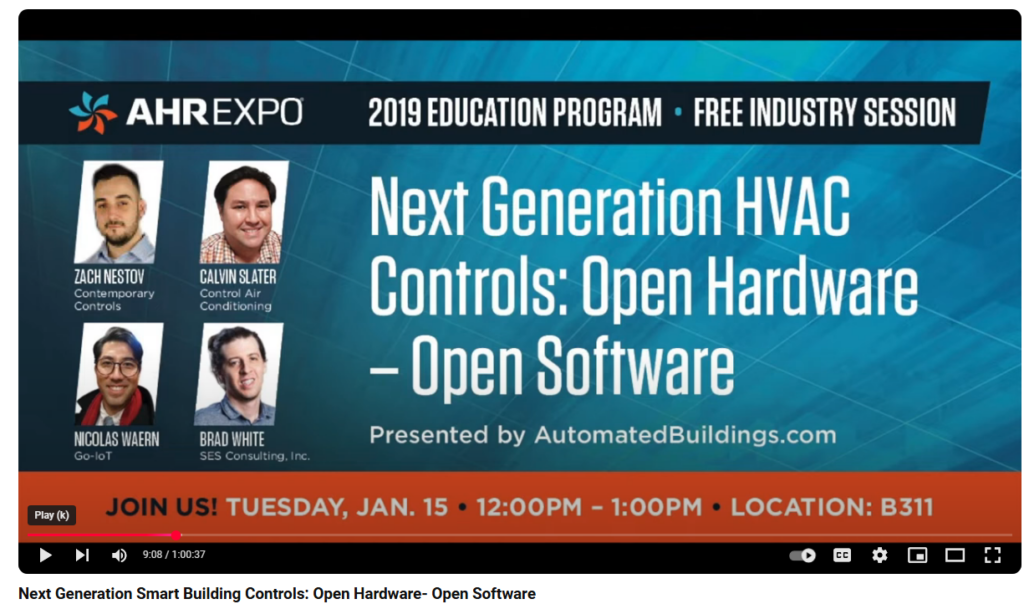
Opening Open with today’s Open Hardware brings the devopement lab home
“The ‘open hive’ of global connected home hobby labs is a hotbed of innovation, where low capital investment and rapid prototyping thrive without the constraints

IAQ Concerns Aren’t Going Anywhere
Indoor air quality (IAQ) was a significant concern for building automation professionals, facility managers and other professionals during the height of the COVID-19 pandemic, but

AHR Expo 2025 Recap: The Future is Software-Defined and AI-Ready
Key Takeaways from the Monday Live! Discussion on Smarter Buildings Post-AHR Expo 2025 The latest episode of Monday Live! on February 24, 2025, brought together industry experts
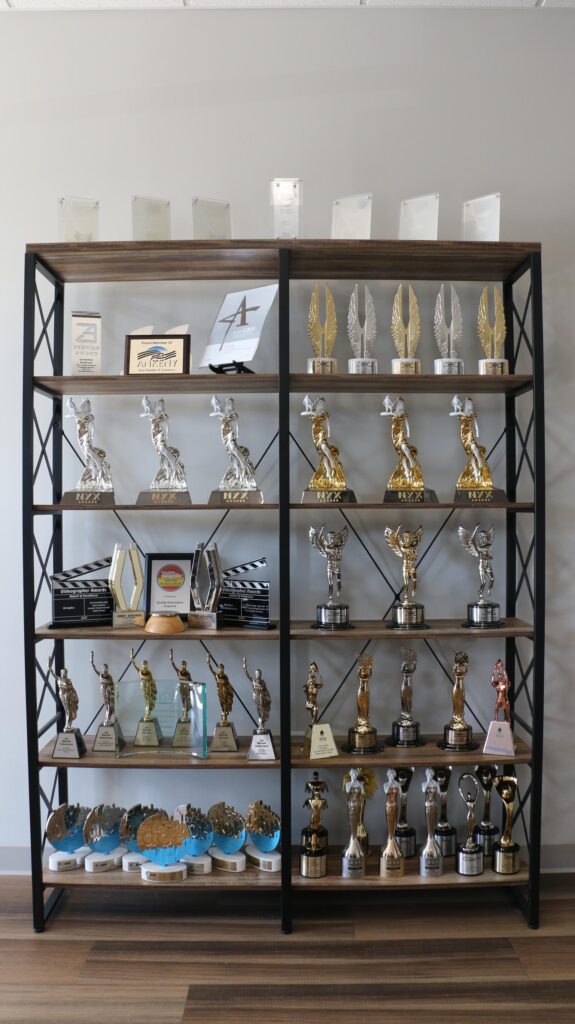
QA Graphics: Enhancing Marketing And Training Through 3D Technology
Manufacturers require innovative methods to showcase their equipment, engage customers, and enhance training in the HVAC industry. Traditional product photos and CAD drawings often struggle

How Curiosity Helped Me Thrive in a Male-Dominated Field
I didn’t plan to work in smart buildings. I got here by accident. But once I saw how much this industry felt like a big, complicated puzzle full of challenges like making buildings safer, greener, and smarter, I knew I belonged. But this industry is also quite male-dominated (you may have noticed). I needed a way to not only survive in this industry, but thrive.
My secret weapon? Curiosity.

Four Laws for Intelligent Ai & Digital Twins
From Buildings to Cities—Ensuring Artificial Intelligence & Digital Twins Work for Us, Not the Other Way Around. In 1942, Isaac Asimov introduced the “Three Laws

Summary of Monday Live Session: Are Our Buildings AI Ready?
In this week’s Monday Live session, the focus was on exploring whether our buildings are ready for AI integration. The session built on last week’s

When Black Boxes Conspire: Ai, Digital Twins & Building Controls Could Lock Owners Out
LIVE from SCaLE 22x in Pasadena! Just a few weeks ago, I was at AHR/ASHRAE Expo, searching for answers on how building controls and Digital
The Workforce Crisis in Building Automation: The Hidden Cost of Slow Training and the Fast-Track Solution
The building automation industry is facing a severe workforce crisis. Experienced technicians are retiring, demand for smart building solutions is growing, and companies are scrambling

TLDR: AHREXPO 2025 BAS 101 – Real Examples of How to Use AI
Our AHR session on AI was full of tips for everyone in the industry on how to harness the transformative potential of artificial intelligence (AI)

R U AI Ready?
Our goal is to create a self-sustaining resource for the industry—created by the industry, for the industry, and for the world to better understand our

Celebrating International Women’s Day 2025 – Progress, Challenges, and Women Making Waves in the BAS Industry
AutomatedBuildings has been recognizing the daily contributions women make to moving the Building Automation Industry for the last 15 years. Our March issues have highlighted

Are We AI Ready? Exploring the Future of Smarter Buildings
This month, Monday Live! is delving deep into the question, “Are we AI-ready?” The discussions focus on the readiness of the smarter buildings industry to

Resistance is Futile… So Let’s Make T-Shirts!
We joked about putting our biggest industry challenges on T-shirts at the AHR2025 Expo and the Interoperable Building Box (IBB) Workshop. Then we thought… why not actually do it?

And the Oscar Goes to… ‘Hollywood’ BIM & Digital Twins!
Celebrating Style Over Substance in Smart Buildings As the Academy Awards honor cinematic excellence, we examine how the allure of ‘Hollywood’ BIMs’ visual appeal frequently

Sustainable AI: Can Smart Energy Efficiency Fight Cyber Threats?
AI-driven energy efficiency systems have already revolutionized commercial building management, cutting energy waste and optimizing performance. But what if they could do more? What if

Opening Open with today’s Open Hardware brings the devopement lab home
“The ‘open hive’ of global connected home hobby labs is a hotbed of innovation, where low capital investment and rapid prototyping thrive without the constraints

IAQ Concerns Aren’t Going Anywhere
Indoor air quality (IAQ) was a significant concern for building automation professionals, facility managers and other professionals during the height of the COVID-19 pandemic, but

AHR Expo 2025 Recap: The Future is Software-Defined and AI-Ready
Key Takeaways from the Monday Live! Discussion on Smarter Buildings Post-AHR Expo 2025 The latest episode of Monday Live! on February 24, 2025, brought together industry experts

QA Graphics: Enhancing Marketing And Training Through 3D Technology
Manufacturers require innovative methods to showcase their equipment, engage customers, and enhance training in the HVAC industry. Traditional product photos and CAD drawings often struggle

How Curiosity Helped Me Thrive in a Male-Dominated Field
I didn’t plan to work in smart buildings. I got here by accident. But once I saw how much this industry felt like a big, complicated puzzle full of challenges like making buildings safer, greener, and smarter, I knew I belonged. But this industry is also quite male-dominated (you may have noticed). I needed a way to not only survive in this industry, but thrive.
My secret weapon? Curiosity.


















































